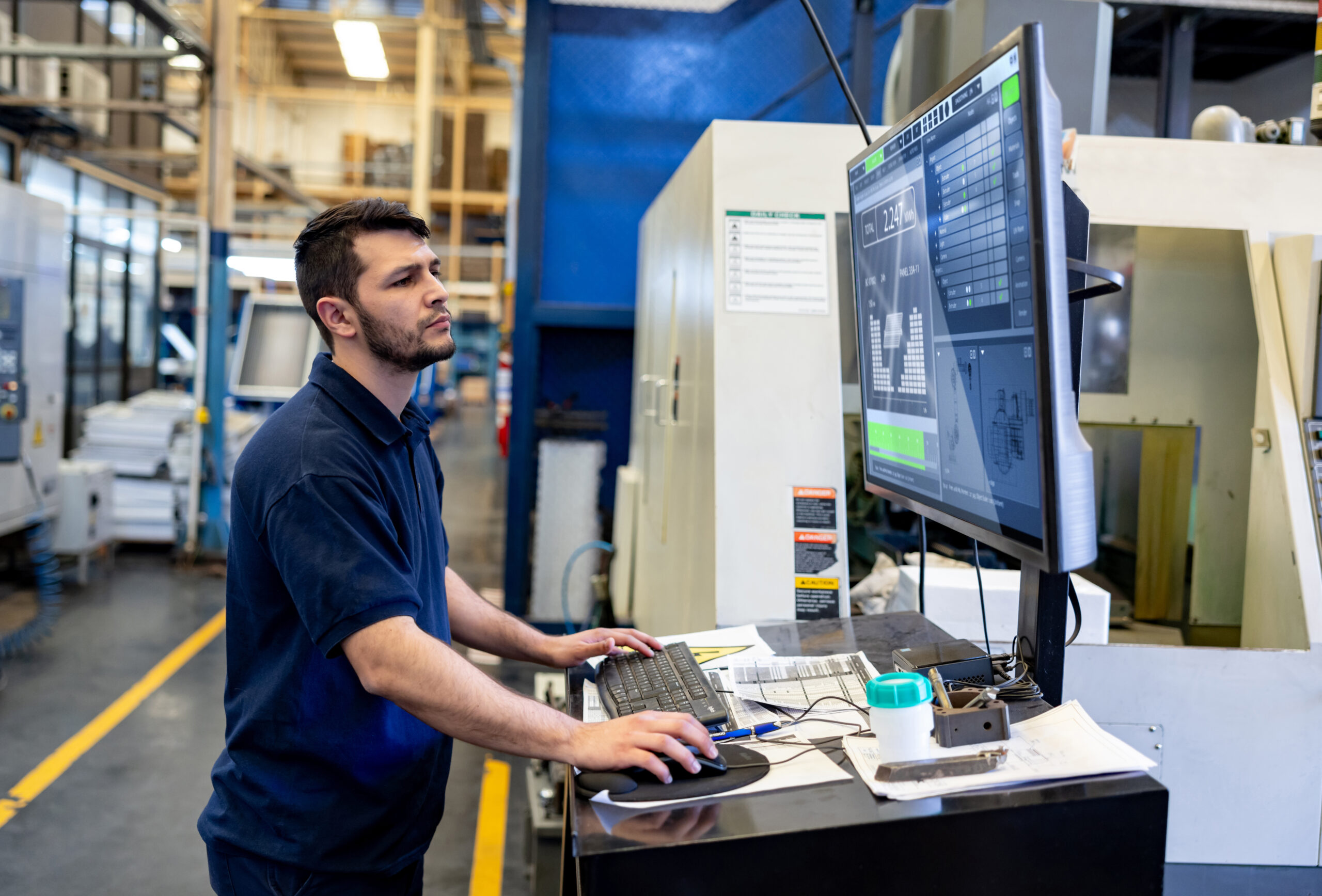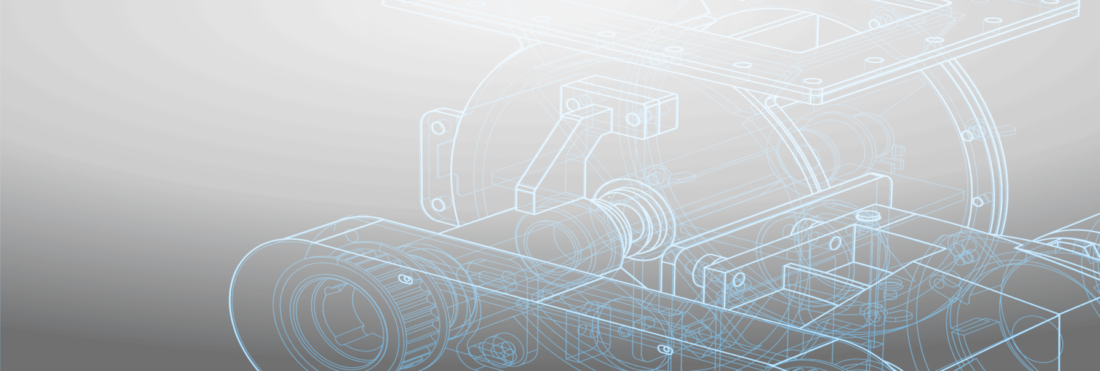
Predicting the future is anyone’s guess, but there are trends that have been emerging in manufacturing over the past few years that will continue to grow and play key roles in the future of the industry. It’s safe to say that the next few years will see an increased focus on technology, customization, connectivity, and advanced planning techniques in the manufacturing industry.
The Global Manufacturing Competitiveness Index also predicts that the competitive advantage in manufacturing will tilt back to advanced manufacturing nations with robust innovation ecosystems versus the cost competitive nations of the past. Meaning sectors that invest in technology and innovation will be more competitive than those that choose to compete on price alone.
This is nothing but good news for custom manufacturers in North America. They are already well-versed in the world of personalization and customization, meaning they have a strong track record in delivering quality custom-built products to their clients. And they have been steadily investing in technology to help them create efficient and stream-lined plants. By continuing to adopt new technologies and keeping up with market trends, custom manufacturers will have a strong future.
What will the factory of the future look like?
One of the most obvious ways where technology will continue to change the manufacturing industry is an increased focus on automation. Already, many manufacturers are upgrading their production lines to include automated equipment that can run with minimum employee involvement. While this trend began in the 1980s with the auto industry, only recently has the technology become versatile enough that it can be used by just about any factory.
Automated machines can be set up within minutes to produce a wide variety of products, making them excellent choices for manufacturers that need to keep labor costs low but quality high. (And don’t forget that a shortage of skilled labor is something that is affecting manufacturers now, and will only continue to grow as a trend in North America). As automated technology becomes more affordable and more accessible, manufacturers will rely on a combination of robots and computer-aided machines to produce diverse goods with high efficiency.
This ability to change over production quickly will also mean that many more products will be able to be customized to meet individual customer demand—a major trend that is already starting to shape the manufacturing industry.
Connected factories
In the future, being able to share data and information seamlessly throughout your operation will be key. Manufacturing production systems will have immediate visibility to sales, product design, supply chain (internal and external), personnel availability, personnel qualifications, and customer issues.
Inside shops, the individual spreadsheets used to manage production schedules will not exist (Sound familiar? ERPs are already helping manufacturers move forward and become the factory of the future with their ability to connect and share real-time data). The state of all production resources, equipment, personnel, indirect, and direct material will be known at every moment in time. All data will be linked with proper context, giving manufacturers the ability to better plan their production line, and meet customer demand.
Advanced planning techniques
In the future, there will also be significant opportunities to use predictions or forecasts from sources beyond traditional manufacturing sources. For example, by analyzing production schedules in conjunction with information like seasonal health tends, such as flu outbreaks, data systems will be able to predict the probability that personnel will be out of the shop and assess the risk of missing production deadlines and the costs associated with those risks.
By making such assessments, the system can identify efficiencies, such as where cross-training or automation may be necessary to reduce the overall risk and costs—and allow manufacturers to meet demanding production schedules. By including weather forecasts and supplier’s geographic locations, manufacturing data systems will be able to predict which product schedules may have a higher probability of being impacted due to weather events that disrupt the supply chain, like ice storms or blizzards.
How DBR scheduling can help you become a factory of the future
If you’re in manufacturing, you know better than anyone that highly efficient production and turnaround times are a necessity. And this will only increase as an increased emphasis on customization brings more on-the-fly changes or advanced analytics show where there could be delays in production due to weather or illnesses. The factory of the future will continue to need to be able to adopt to changes quickly.
To remain competitive, manufacturers need to be able to quickly adapt and adjust their production lines, and easily manage and communicate shifting priorities. DBR scheduling gives you just that—better priority management and a better way to shift and adjust to changes.
Any custom manufacturer worth their weight in salt will tell you that trying to schedule a shop based on the hundreds of variables that go into a custom product—a product that has never been built and therefore doesn’t have any reliable data—will inevitably fail. And trying to incorporate changes into such a system is impossible and causes manufacturers to have to start from scratch, meaning wasted time, and decreased efficiency.
By using DBR scheduling, and revolutionizing the way your shop manages priorities and simplifies the way you schedule your shop, you will be more agile, and more able to shift priorities and incorporate changes into your shop floor schedule.
DBR scheduling allows you to manage your plant better, and keep you running at maximum efficiency. And your shop will be better aligned, meaning your staff will be able to move smoothly from one job to the next, and will never have to question what job or task they should be prioritizing.
DBR scheduling already gives you the ability to create a lean and efficient plant. Just imagine what the future may hold if you can adopt and incorporate future advanced analytics within DBR scheduling! DBR scheduling gives you a strong foundation to build on, and will set you up to be an efficient and productive factory in the future.
Want to get DBR scheduling for your shop? Genius ERP is now equipped with Smart Scheduling—the only DBR scheduling tool available within an ERP. Book a demo today to see Genius ERP in action, and what Smart Scheduling can do for you.
Get your eBook Scared to implement a new ERP?
"*" indicates required fields



